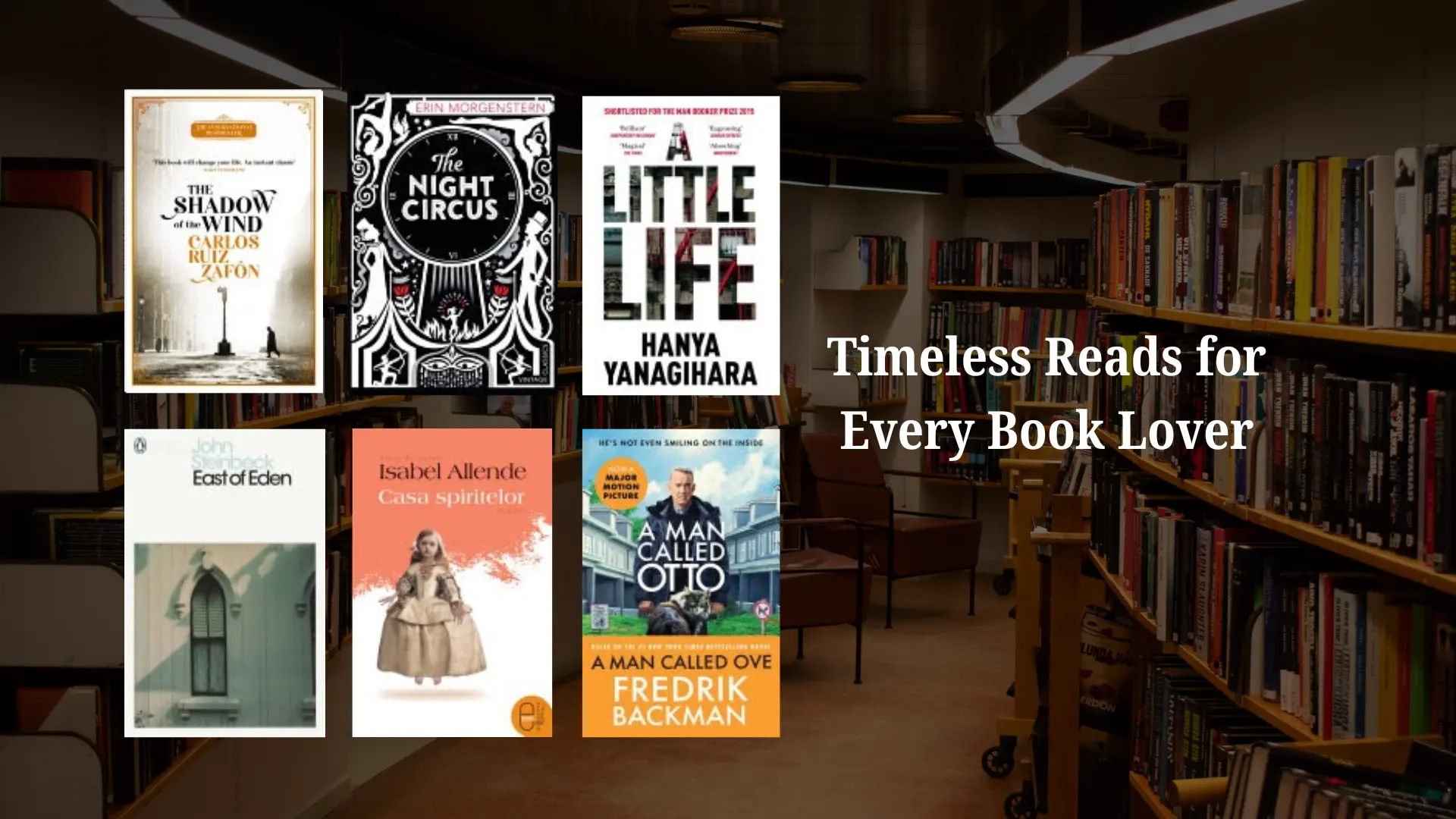10 experiments in 6 months, the insider view of a growth mind
A growth hacker and content marketer shares what worked and what didn't with his projects involving communities, individuals, and startups.
I wanted to become a scientist when I was in school. I was intrigued by the stars, planet system, by chemistry, and physics. When I was 12, I used an empty box of apples and fill it with commonly available chemicals at homes. Other times I dreamt of becoming a scientist who would launch rockets by punching a few codes on his laptop.
Needless to say, none of my dreams came true.
I became a software engineer who spent his nights coding and his mornings attending meetings and filling up Excel sheets. But I wanted to do more; impact the world in a positive manner through my work.

So I left my well-paying IT job in 2013 to work on my own startup. Then I became an entrepreneur and a marketer. I started companies, failed, tried again, and got some success. I soon realised that I loved running marketing exercises and helping others reach their potential.
It all lay in the numbers: with more efforts, success trickles down. With 10 small experiments, I was able to taste success with three, as long as I executed with a growth mindset.
So let me share the details of the experiments that I ran in the last six months.
1. Paid newsletter on starting an online business without leaving one's job
Time duration: Four months (March-June 2017)
Expected results of experiment: Members can select an idea, make a content plan, and bring organic traffic to their website.
How to measure success/failure: At least 20 percent of the members should be able to market and promote their business online without spending any money on paid ads.
Status: Moderate success
Reason for success: Forty percent of the members took action and grew their business, but at a slower speed than I expected.
What happened during the experiment: I enrolled about 250 people for VIP newsletters in four batches. I started sending one action-packed email every week, sharing a lot of insights through my own experience of running my business. Some of the topics I covered were:
Core principles of communication and email.
- Organic growth of Facebook pages and principles of virality.
- Storytelling and storyboarding.
- Keyword research for search engine optimisation (SEO).
- How to write better content, target audience.
- How to reach out to bloggers for guest post.
But the members were at different stages of their business, and only a few were able to execute the strategies. To make their life easy, I divided the growth of business into seven levels and prepared a blueprint of execution:
Level 0 - Idea Selection
Level 1 - Website & Configurations
Level 2 - Content Planning and Writing
Level 3 - Marketing & Promotions
Level 4 - Scaling up Traffic
Level 5 - Traffic to Lead Conversion
Level 6 - Revenue Experiments
Level 7 - Scaling up Revenue
To facilitate the process, I created a private portal where VIP members can log in and access locked content by submitting their progress report.
The members were making progress and here are the results: about 25 percent of the members crossed Level 2, while only five percent crossed Level 3 and above. I was not very happy with the results. So, I sent an email to VIP members and received more than 25 responses (10 percent).
From feedback I understood that locking the content is not going to help VIP members.
Passing through Level-2 is not difficult. Anyone can go through a simple PDF document or a video course and generate 3,000-5,000 monthly traffic within 90 days. My real help starts when people have 20,000-50,000 monthly traffic but less than $100 monthly income, because they don't treat their blog like a business and try to monetise with AdSense.
I then came up with new ideas for more tangible results:
1. E-book for people who are at idea level (to bring them up to Level-2).
2. A course for people who struggle with content writing (to help them cross Level-3).
3. VIP newsletter weekly content for people who are already into the business or taking their blogs seriously.
There were some internal failures, but in the end, VIP newsletters are successful.
The next version of VIP newsletters is focussed on startup techies who want to grow their business organically with content marketing.
The following are the 10 learnings from the paid newsletter:
1. People care more about the paid content than the free content.
2. People take action when you push them on weekly basis.
3. It's easy to filter out non-action takers by charging a trivial amount.
4. Keeping the number of members limited helps to know each person and understand their needs.
5. The personal relationship ensured they shared their business progress with me and I was more aware of how to help them.
6. Feedback helped me re-align my newsletters as needed.
7. The paid newsletters gave me the challenge to invest in the success of others. I confronted my own fear of presentations and live webinars, because that was necessary to help others.
8. It becomes your obligation to sell the products that can really impact the lives of others.
9. A small group of motivated people is more valuable than a large group of non-motivated people. I consciously kept the inflow slow in my VIP newsletters and asked people to join the waitlist.
10. I was able to find freelancers writers, editors, volunteers and a full-time person who is capable of running the entire show on CashOverflow. The hiring becomes effortless when you work with a small group of people.
2. Blogger stories

Time duration: One month (March-April 2017)
Expected results: Create value for people whose stories I will publish on my blog and, at the same time, inspire new entrepreneurs and bloggers to take action.
How to measure success/failure: When the person featured in the story gets back because of the extra traffic/leads and brand visibility generated by story.
Status: Failure
Reason of failure: Could not create much value for people whose stories I published on my blog.
What happened during the experiment: I published the following three stories in a month:
1. Harsh Agrawal, the man who is making Rs 22,00,000 per month through blogging.
2. Karan Batra, inspiring story of a chartered accountant who picked finance blogging as his career.
3. Shivya Nath, the girl who gave up her job for the love of solo travel.
I got a lot of traffic because the readers liked these stories and shared them on their social media.
But the people who I featured got little value, despite investing time in answering my questions.
Learning: Let the success of your audience/partners be an indicator of the need to continue with your efforts.
3. A premium Facebook group for people who want to start an online business
Time duration: One month (March-2017)
Expected results: People helping each other with online business advice.
How to measure: If people are asking the right questions and tagging me in the queries where no one is responding.
Status: Failure
Reason of failure: Quality questions weren't posed.
What happened during the experiment: While I made some money off this experiment, I had to deal with unrealistic expectations from people who wanted quick results to make money online.
Learning: Cut your losses if you are not adding any value to the community.
Also Read: 100 ideas for making money online with a budget under Rs 5,000
4. Premium community of content marketers and startup founders
Time duration: One Month (April-2017)
Expected results: Startup founders helping each other with content marketing advice.
How to measure: When members ask the right questions and tag me on queries where no one is responding.
Status: Failure
Reason of failure: Again, good questions weren't posed.
What happened during the experiment: I created a premium community of 14 startup founders and content marketers.
I started with a private Facebook group but soon realised that even if people were paying to join the premium group, they were not aligned with the purpose of learning from discussions.
Learning: Find a better way to filter out the right audience. Money does not work as a filter always (like it did for paid newsletters).
5. Travel blog

Time duration: Twelve months (Dec-2016 to Dec-2017).
Expected results: A great travel resource for people who wish to travel.
How to measure results: By the comments on the articles.
Status: Under process
What happened during the experiment: My wife and I started a travel blog, TravelBuffer, because we travel quite often and wanted to share tips. It's a long-term project without any expectations to make money out of it. .
6. A blog on credit card and loans
Time duration: Twelve months (Jan-Dec 2017)
Expected results: A separate blog on credit cards and loans rather than writing too much on that topic on my website, CashOverflow.
Target and expected results: About 10,000 monthly traffic by the end of year.
Status: Under process
What happened during the experiment: Having a separate blog, like CreditFrog, is advisable if you wish to dive deep into a topic. It's a long-term project and I want to wait for a longer period to gauge if is a success or failure.
7. High-value consulting for startups

Time duration: Six months (Dec-2016 to June-2017)
Expected results: Good feedback from clients.
How to measure: Charge a non-negotiable high amount for the service and then check if they are happy or not.
Status: Success
Reason for success: I filled the position of Chief Marketing Officer (CMO) in a startup looking for ways to tap into growth.
What happened during the experiment: I started taking up consulting work from startups that were looking for personalised advice on content marketing. I committed one hour a week for a Skype call to discuss their obstacles with content marketing and to come up with a solution over the call itself.
It worked for startups that had clarity about their content strategy. Then, two experienced startups reached out to me for making their content strategy from the scratch.
Some advice for people who want to become consultants
- If you feel that your client cannot achieve the results after taking your advice then don't work with them. You may give sound advice but they may fail to execute because of their own limitations. If you sense that early on, don't take up the work.
- Charge a non-negotiable fixed amount. Consulting is not a commodity so the price is subjective.
- Talk about the results as deliverables as compared to the documents. I deliver the clarity of content marketing activities for the next 12 months. I try to put down clarity in one Excel sheet and Word document.
- Complete the offline consulting work in a fixed time period.
8. A discussion forum for credit cards
Time duration: Two months (April-May 2017)
Expected results: Interactions around credit card doubts and queries.
How to measure: Tracking forum activity.
Status: Failure
Reason of failure: No interactions happening in the forum.
What happened during the experiment: I wanted to make a discussion forum for those who wanted to discuss the latest features and benefits of credit cards. I admit that I could not give enough attention to the experiment and there will little traction.
9. A course on content writing

Time duration: One month (June 2017)
Expected results: Five people who can write high-quality articles.
How to measure: Ten people interested in investing time and money to learn writing.
Status: Failure
Reason of failure: Insufficient interest from the audience.
What happened during the experiment: I sent an email to VIP newsletter members asking if they would like to enrol in a high-cost course with personalised mentorship, but there was little interest shown.
So, I decided not to mentor people on a one-to-one basis, and rather work on crafting courses that would help a large number of people at a reasonable cost.
10. E-book for people who want to start an online business
Time duration: One week
Expected results: The buyer should be able to start his business in seven days, with a clear idea of the next 90 days.
How to measure: At least 10 percent of people who buy the e-book take action.
Status: Success
Reason of success: It's easy for people to opt for an inexpensive e-book than an expensive course. E-book buyers were able to finalise their idea and start a website. I don't have exact numbers but received email responses from more than 10 percent of buyers.
What happened during the experiment: From the VIP newsletter, I figured out the five most important topics that can be used by anyone to start a business within seven days. Then I prepared a structure, improved the content, and put together an e-book.
I was able to receive feedback on ways to improve my book: fleshing out the content and making it flow better, and providing cheat sheets to improve traffic.
Pricing of the e-book: I priced the e-book at Rs 999 and tried selling the initial version at a discounted price to different groups of people. I offered VIP members an option to pay any amount between Rs 100 and 999, and I was pleasantly surprised to see people paying more than the minimum amount.
Conclusion
So here is the outcome of all my content marketing experiments in the past six months:
3 Successes - VIP Newsletters, marketing consulting for startups, e-book for beginners.
5 Failures - Paid Facebook group for beginners, community for content marketers, forum for credit card discussions, blogger stories, premium content-writing course.
2 Under Progress - Travel and credit card blog.
Three successes out of 10 experiments is a great outcome in six months.
The following are my next 10 experiments for the future:
1. Self published book on Amazon.
2. A course on creating content strategy to help startups in preparing it themselves.
3. A course to execute content marketing in 90 days to achieve results that normally take more than 200 days.
4. Thirty-day challenge for bloggers to publish one article every week and get 10,000 additional traffic.
5. A high-value course for a few targeted people who want to scale up their content marketing to the highest level.
6. A website project to help members hone writing skills while practising on a real-world assignment.
7. Liberal digital marketing agency - where every process will be so transparent that every member would have access to client's proposals, income/expense reports, resource allocation, and profit distribution. Everything will be run on voluntary basis. I will facilitate the process initially but hope to have the community running automatically after a few years.
8. A small community of bloggers who want to run their blog as a business (must have at least 20,000 monthly traffic).
9. A small community of startup techies and marketers who wish to grow their startup with content marketing.
10. Regular AMA (Ask Me Anything) sessions, inviting other marketers as well.

How you can apply experimental approach to your business: You can apply this approach if you have any kind of business that thrives on Internet marketing. Write down the most important results you want to achieve in the next 12 months and find out ways to get those results. Break down big problems into small actionable experiments with a clearly defined timeline, your expected results, and the method of measurement.
Don't get stuck with any of the experiments. If the timeline expires, mark it as a 'failure' or 'success' and move on.







